Home>Furniture>Living Room Furniture>How Do You Slipcover A Couch With Attached Cushions
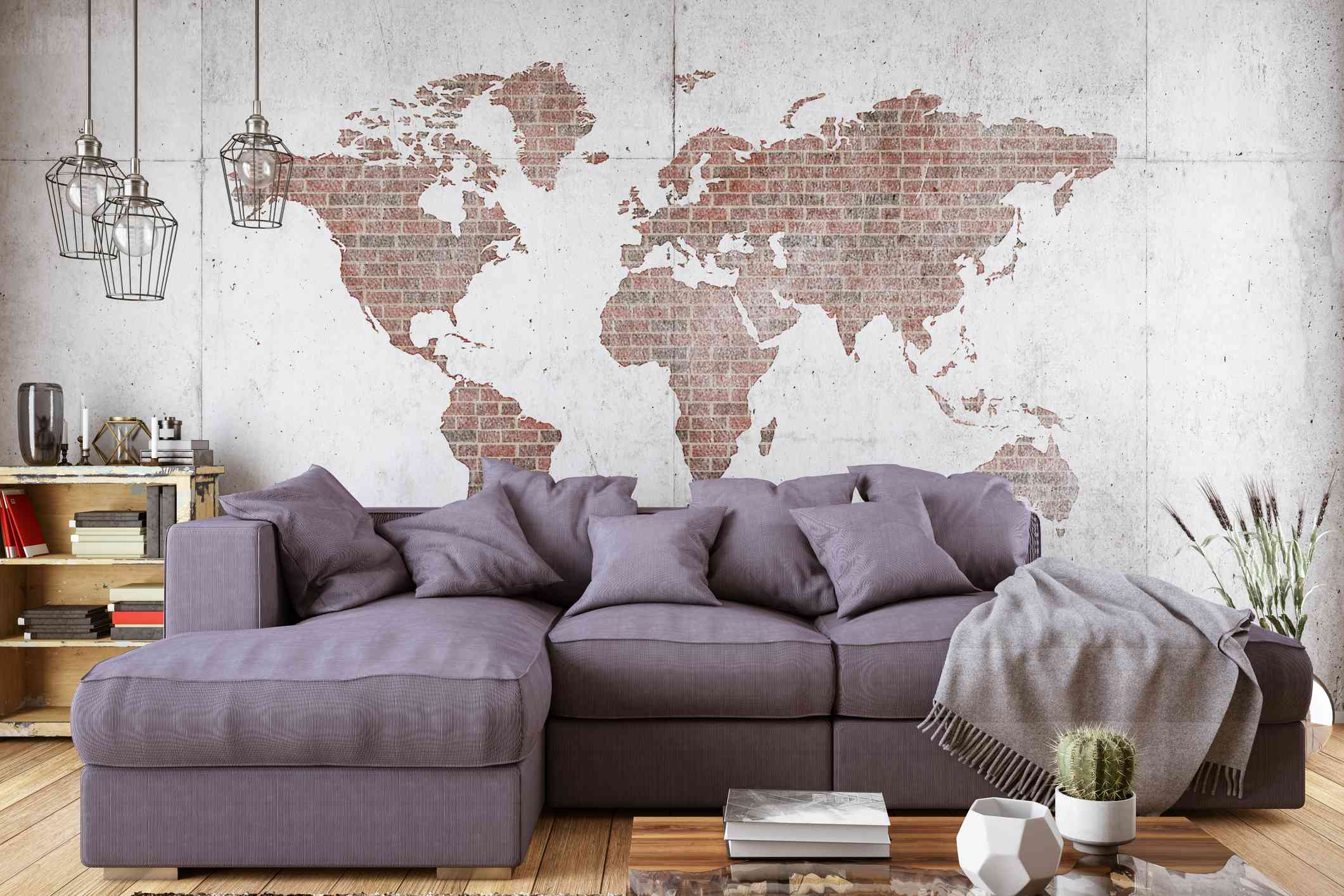

Living Room Furniture
How Do You Slipcover A Couch With Attached Cushions
Modified: March 16, 2024
Learn how to slipcover a couch with attached cushions and transform your living room furniture. Get step-by-step instructions and expert tips.
(Many of the links in this article redirect to a specific reviewed product. Your purchase of these products through affiliate links helps to generate commission for Storables.com, at no extra cost. Learn more)
Introduction
Welcome to our comprehensive guide on how to slipcover a couch with attached cushions. Slipcovers are a fantastic way to rejuvenate your living room furniture and give it a fresh new look without the need to purchase an entirely new couch. Whether you want to protect your couch from stains and wear or simply want to update its style, slipcovers are a versatile solution that can transform the appearance of your couch in no time.
Slipcovering a couch with attached cushions may seem like a daunting task, but with the right materials and a step-by-step approach, it can be a rewarding DIY project. In this guide, we will walk you through the process of slipcovering a couch, from measuring and selecting the fabric to securing the slipcover and adding decorative touches.
Before we dive into the step-by-step instructions, let’s take a look at the materials you will need for this project.
Key Takeaways:
- Slipcovering a couch with attached cushions is a DIY project that can give your living room furniture a fresh new look and protect it from stains and wear. With the right materials and step-by-step instructions, you can transform your couch without the need for expensive replacements.
- Choosing the right fabric, measuring your couch accurately, and adding personal decorative touches are key elements in successfully slipcovering a couch. This versatile solution allows you to update your living room decor and keep your couch looking fresh and inviting.
Read more: How To Reupholster Attached Couch Cushions
Materials Needed
Before you get started, gather the following materials:
- Slipcover fabric: Choose a durable fabric that matches your desired style and is appropriate for your couch.
- Measuring tape: Use a measuring tape to accurately measure your couch and determine the amount of fabric needed.
- Scissors: High-quality fabric scissors are essential for cutting the slipcover fabric.
- Pins: Sewing pins will help in securing the fabric in place during the slipcovering process.
- Sewing machine (optional): While not necessary, a sewing machine can simplify the slipcover construction process. However, you can also hand-sew the slipcover if you prefer.
- Thread: Choose a thread color that matches or complements the slipcover fabric.
- Elastic bands: Elastic bands will be used to secure the slipcover to the couch and keep it in place.
- Decorative accents: If desired, gather any decorative accents like buttons, trim, or piping to add personalized details to the slipcover.
- Fabric adhesive (optional): Fabric adhesive can be used to secure the slipcover in areas where elastic bands are not practical.
- Iron and ironing board: These will be used to smooth out the fabric and remove any wrinkles before and after sewing.
Now that you have all the necessary materials, let’s move on to the first step: measuring the couch.
Step 1: Measuring the Couch
The first step in slipcovering a couch with attached cushions is to accurately measure the dimensions of your couch. This will ensure that you have the right amount of fabric and that the slipcover fits properly. Follow these steps to measure your couch:
- Remove any existing slipcovers, pillows, or decorations from your couch.
- Start by measuring the length of the couch from the outside edge of one armrest to the outside edge of the other. Write down this measurement.
- Measure the width of the couch by starting from the front edge of the seat and stretching the measuring tape to the backrest. Again, write down this measurement.
- Next, measure the height of the backrest from the top to the bottom. Be sure to measure from the highest point, as some couches have curved or decorative backrests.
- If your couch has attached seat cushions, measure the length, width, and thickness of each cushion.
- Finally, measure the width and height of the armrests. These measurements will help you determine the size and shape of the armrest pieces for the slipcover.
Once you have all the measurements, take note of them and keep them handy for the next steps. With the measurements in hand, you can proceed to the next step: selecting the slipcover fabric.
Step 2: Selecting the Slipcover Fabric
Choosing the right fabric for your slipcover is crucial for achieving the desired look and durability. Consider the following factors when selecting the slipcover fabric:
- Durability: Select a fabric that can withstand everyday use and is suitable for the needs of your household. Look for fabrics labeled as upholstery grade or recommended for slipcovers.
- Style: Consider the overall style and color scheme of your living room. Choose a fabric that complements the existing furniture and décor or adds a fresh pop of color.
- Texture: Determine whether you prefer a smooth or textured fabric. Textured fabrics can hide stains and wear better, while smooth fabrics offer a sleek and polished look.
- Care instructions: Check the care instructions of the fabric to ensure that it is easy to maintain. Look for fabrics that are machine washable or have easy spot-cleaning methods.
- Stretch or non-stretch: Decide if you prefer a stretchable slipcover fabric that can snugly fit over the couch or a non-stretch fabric that requires additional methods for securing the slipcover.
Browse through fabric samples or visit fabric stores to get a sense of color, texture, and overall feel. Consider bringing swatches home to see how they look in your living room before making a final decision.
Once you have chosen the perfect fabric for your slipcover, it’s time to move on to preparing the couch for slipcovering.
Step 3: Preparing the Couch
Before you can begin slipcovering your couch, it is essential to prepare it properly. This step will ensure a smooth and secure fitting of the slipcover. Follow these steps to prepare your couch:
- Remove any loose cushions or pillows from the couch. Set them aside for now.
- Vacuum or brush off any debris, dust, or pet hair from the couch to ensure a clean surface.
- If your couch has removable seat covers, take them off and set them aside. This will expose the attached seat cushions.
- Smooth out any wrinkles or creases in the existing fabric of the couch. Use an iron on a low heat setting if necessary, taking care not to damage the fabric.
- Inspect the couch for any loose or weak seams. If you notice any, consider reinforcing them with a needle and thread or using fabric adhesive.
- For added protection and to prevent the slipcover from slipping, you can use non-slip grippers or rubberized shelf liners on the seat and backrest of the couch.
Once you have prepared the couch, it is now ready to be slipcovered. In the next step, we will cover the backrest of the couch with the slipcover fabric.
Read more: How To Restuff Attached Couch Cushions
Step 4: Covering the Backrest
Now that your couch is prepared, it’s time to start slipcovering! We will begin with the backrest, as it serves as the foundation for the rest of the slipcover. Follow these steps to cover the backrest:
- Measure the length and width of the backrest, accounting for any decorative elements or curves.
- Spread the slipcover fabric flat on a clean and spacious surface, with the wrong side facing up.
- Using the measurements, cut out a fabric piece for the backrest, adding a few inches for seam allowance.
- Place the fabric piece over the backrest, aligning it with the top edge of the backrest.
- Tuck the excess fabric into the crevices between the backrest and the arms of the couch. Smooth out any wrinkles or folds.
- If necessary, use sewing pins to secure the fabric in place temporarily. This will prevent shifting as you move on to the next steps.
- Adjust the fabric as needed to ensure a snug fit. You can gently pull and stretch the fabric to remove any excess while still maintaining a smooth appearance.
- Secure the fabric to the backrest by either sewing along the edges or using fabric adhesive, depending on your preference and level of sewing skills.
Once the backrest is covered and secured, you can move on to slipcovering the armrests in the next step.
When slipcovering a couch with attached cushions, measure the length, width, and depth of the cushions. Use a slipcover with individual cushion covers or tuck excess fabric into the creases for a snug fit.
Step 5: Covering the Armrests
After covering the backrest, it’s time to move on to the armrests. Slipcovering the armrests not only adds a unified look to your couch but also provides extra protection for this high-traffic area. Follow these steps to cover the armrests:
- Measure the width and height of each armrest, taking into account any curves or decorative details.
- Spread the slipcover fabric flat on your work surface, with the wrong side facing up.
- Cut out fabric pieces for each armrest, using the measurements taken in the previous step and adding a few inches for seam allowance.
- Place the fabric piece over the armrest, aligning it with the top edge.
- Carefully tuck and wrap the fabric around the armrest, smoothing out any wrinkles or folds as you go.
- Secure the fabric to the armrest using sewing pins or fabric adhesive, ensuring a snug and secure fit.
- Tuck any excess fabric into the crevices between the armrest and the seat cushion or backrest, creating a seamless look.
- Repeat the process for the other armrest.
With the armrests covered, the basic structure of the slipcover is taking shape. In the next step, we will move on to slipcovering the seat cushions.
Step 6: Covering the Seat Cushions
Now that the backrest and armrests are covered, it’s time to tackle the seat cushions. Slipcovering the seat cushions will not only protect them but also give your couch a cohesive and polished look. Follow these steps to cover the seat cushions:
- Measure the length, width, and thickness of each seat cushion. Make note of any variations between cushions.
- Cut out fabric pieces for each seat cushion, using the measurements taken in the previous step and adding a few inches for seam allowance.
- Place the fabric piece over the top of one seat cushion, aligning it with the edges.
- Tuck the fabric into the crevices and corners of the cushion, smoothing out any wrinkles or folds.
- Secure the fabric in place by pinning the corners or using fabric adhesive, ensuring a snug fit.
- Continue the same process for the remaining seat cushions, ensuring that each one is slipcovered with precision.
Once all the seat cushions are covered, take a step back and admire how your slipcover is transforming your couch. In the next step, we will secure the slipcover to keep it in place.
Step 7: Securing the Slipcover
Now that your couch is fully slipcovered, it’s time to secure the slipcover to ensure it stays in place even with regular use. Follow these steps to securely fasten the slipcover:
- Start by adjusting the slipcover to make sure it is properly aligned and fits snugly on the couch.
- Using elastic bands, secure the slipcover to the bottom of the couch, tucking them underneath and stretching them across the seat area. Attach the bands to the hooks or loops on the bottom of the couch, if available.
- For extra reinforcement, you can also use additional elastic bands to secure the slipcover to the armrests and backrest, ensuring a tight and secure fit.
- If your slipcover does not have elastic bands or if you prefer a different method, you can use fabric ties or Velcro strips to hold the slipcover in place. Attach these ties or strips at strategic points along the edges of the slipcover and fasten them tightly.
- Smooth out any wrinkles or excess fabric, ensuring a neat and polished appearance.
- Test the slipcover by sitting and moving on the couch to ensure that it stays in place and remains comfortable.
With the slipcover securely fastened, you’re almost done! In the final step, we will add some decorative touches to personalize your slipcover.
Step 8: Adding Decorative Touches
Now that your slipcover is in place, it’s time to add some decorative touches to enhance its overall appearance. By adding these extra details, you can customize the slipcover to align with your personal style and add an extra level of visual interest. Follow these steps to add decorative touches to your slipcover:
- If desired, you can add piping or trim along the edges of the slipcover. This can be sewn onto the fabric or attached with fabric adhesive for an easier application.
- You can also consider adding decorative buttons, tassels, or ribbons to create visual interest. Sew these embellishments onto the slipcover in strategic locations, such as the corners or along the sides.
- If you are using a non-stretch slipcover fabric, you can create fabric ties that can be secured in bows or knots to add a charming and functional detail.
- Consider adding decorative throw pillows that complement the slipcover fabric for an extra cozy and stylish touch.
- Step back and assess the slipcover to ensure that the decorative elements are balanced and cohesive with the overall design of your living room.
With the decorative touches added, take a moment to appreciate your slipcover transformation. Your couch now has a fresh, updated look that can breathe new life into your living room.
Congratulations! You have successfully slipcovered your couch with attached cushions. By following these step-by-step instructions, you can enjoy a stylish and protected couch without the need for expensive replacements.
Remember that slipcovers can be easily removed and laundered whenever needed, allowing you to keep your couch looking fresh and clean over time. So sit back, relax, and enjoy your beautiful and slipcovered couch!
Disclaimer: The steps provided in this guide are general instructions and may vary depending on the specific design and structure of your couch. Always consult the manufacturer’s recommendations or seek professional advice if needed.
This article was brought to you by [Your Company Name], your go-to source for all things living room furniture and home decor.
Conclusion
Congratulations on completing the slipcovering process for your couch with attached cushions! You have transformed your living room furniture with a fresh, new look that is both stylish and practical. By following the step-by-step instructions in this guide, you have learned how to measure your couch, select the right fabric, prepare the couch, cover the backrest, armrests, and seat cushions, secure the slipcover, and add decorative touches.
Slipcovers are a fantastic way to protect your couch from stains and wear, as well as update its style without the need for expensive replacements. They provide versatility and allow you to change the look of your couch to match your evolving taste and decor. Plus, slipcovers are easily removable and can be cleaned whenever needed, ensuring that your couch remains fresh and inviting.
Remember to choose a durable fabric that can withstand everyday use and consider the overall style and color scheme of your living room. Take the time to properly measure your couch and prepare it for slipcovering, ensuring a smooth and secure fit. And don’t forget to add those personal decorative touches that reflect your unique style and taste.
Whether you are slipcovering a worn-out couch or simply wanting to give your living room a fresh new look, this comprehensive guide has equipped you with the knowledge and techniques to successfully slipcover a couch with attached cushions. Enjoy the satisfaction of a beautifully transformed couch and a rejuvenated living space.
Thank you for choosing [Your Company Name] as your source for all things living room furniture and home decor. We hope this guide has been helpful and inspiring. Happy slipcovering!
Frequently Asked Questions about How Do You Slipcover A Couch With Attached Cushions
Was this page helpful?
At Storables.com, we guarantee accurate and reliable information. Our content, validated by Expert Board Contributors, is crafted following stringent Editorial Policies. We're committed to providing you with well-researched, expert-backed insights for all your informational needs.
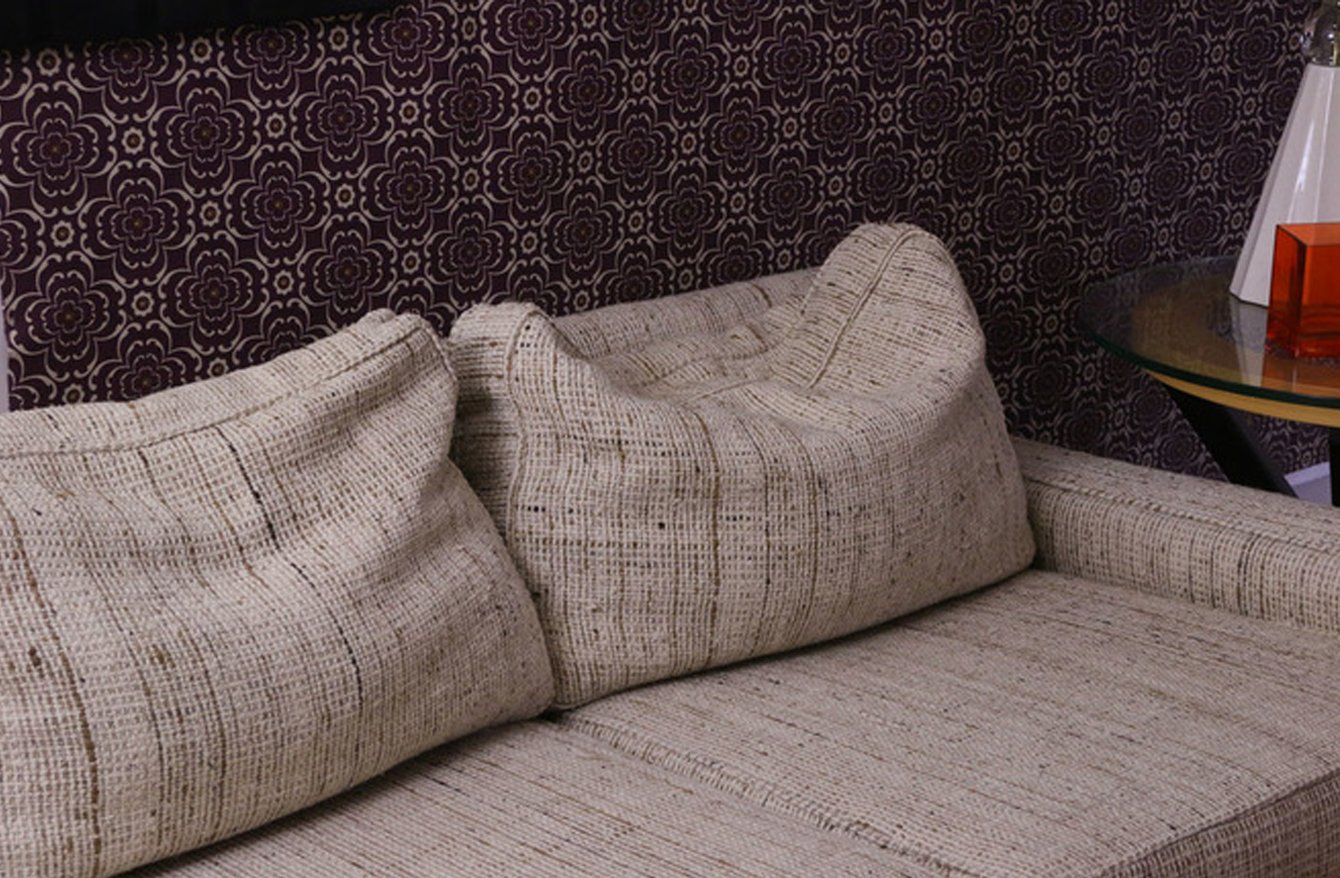
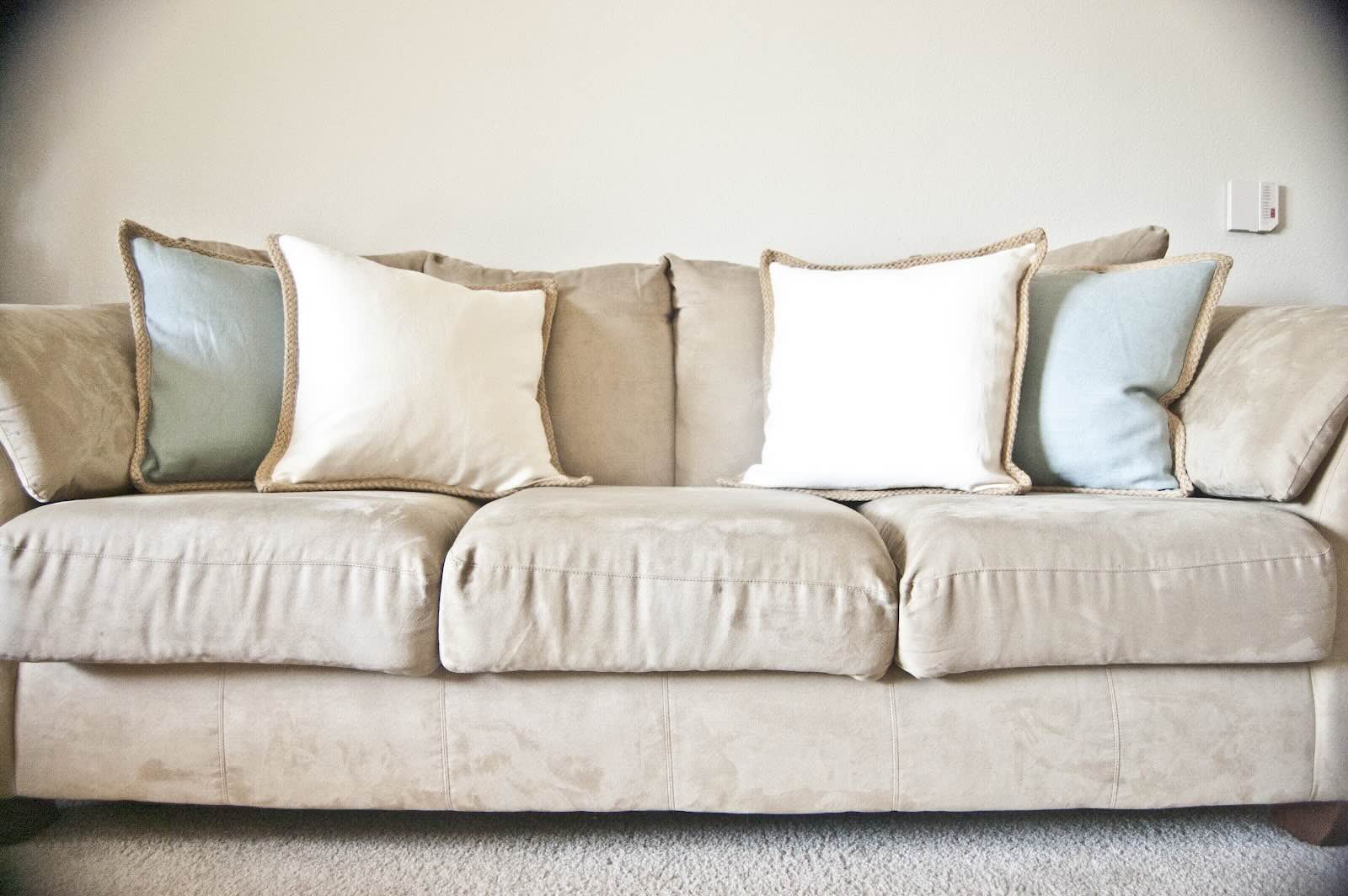
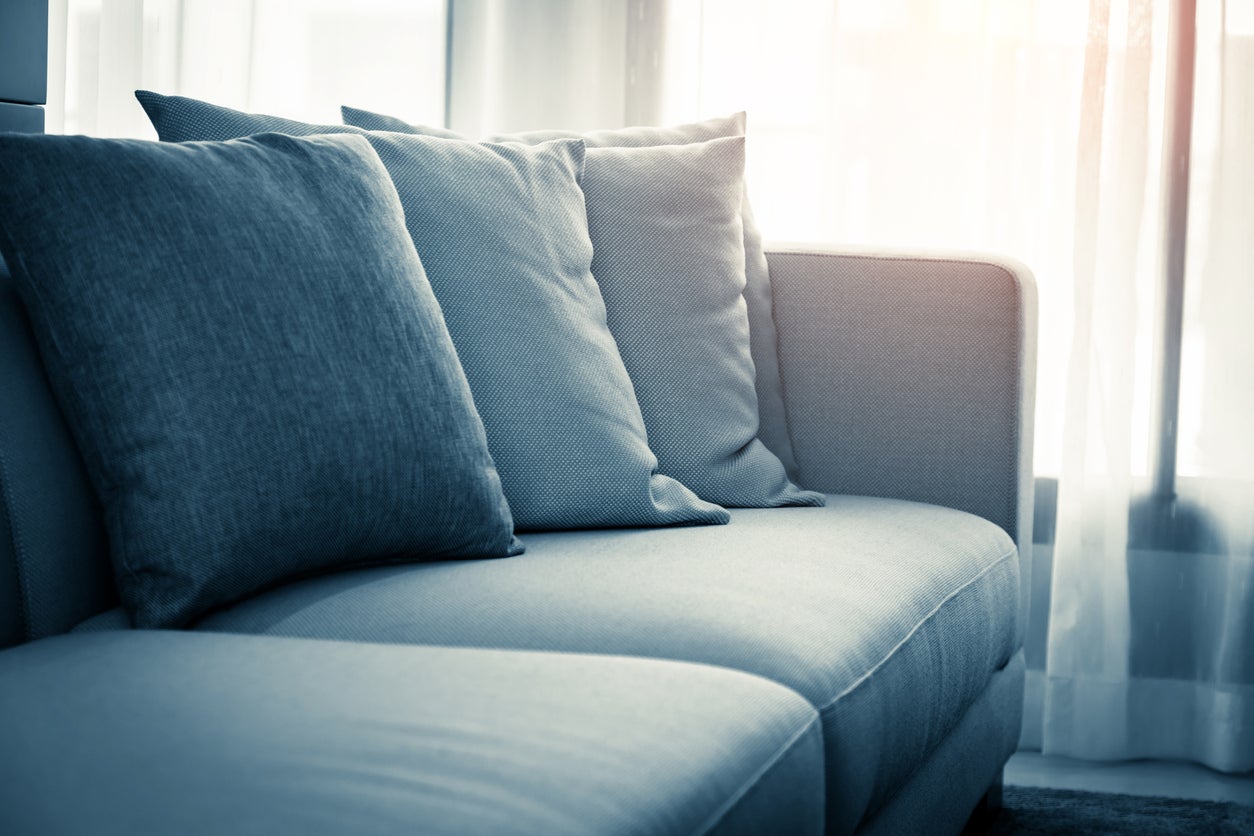
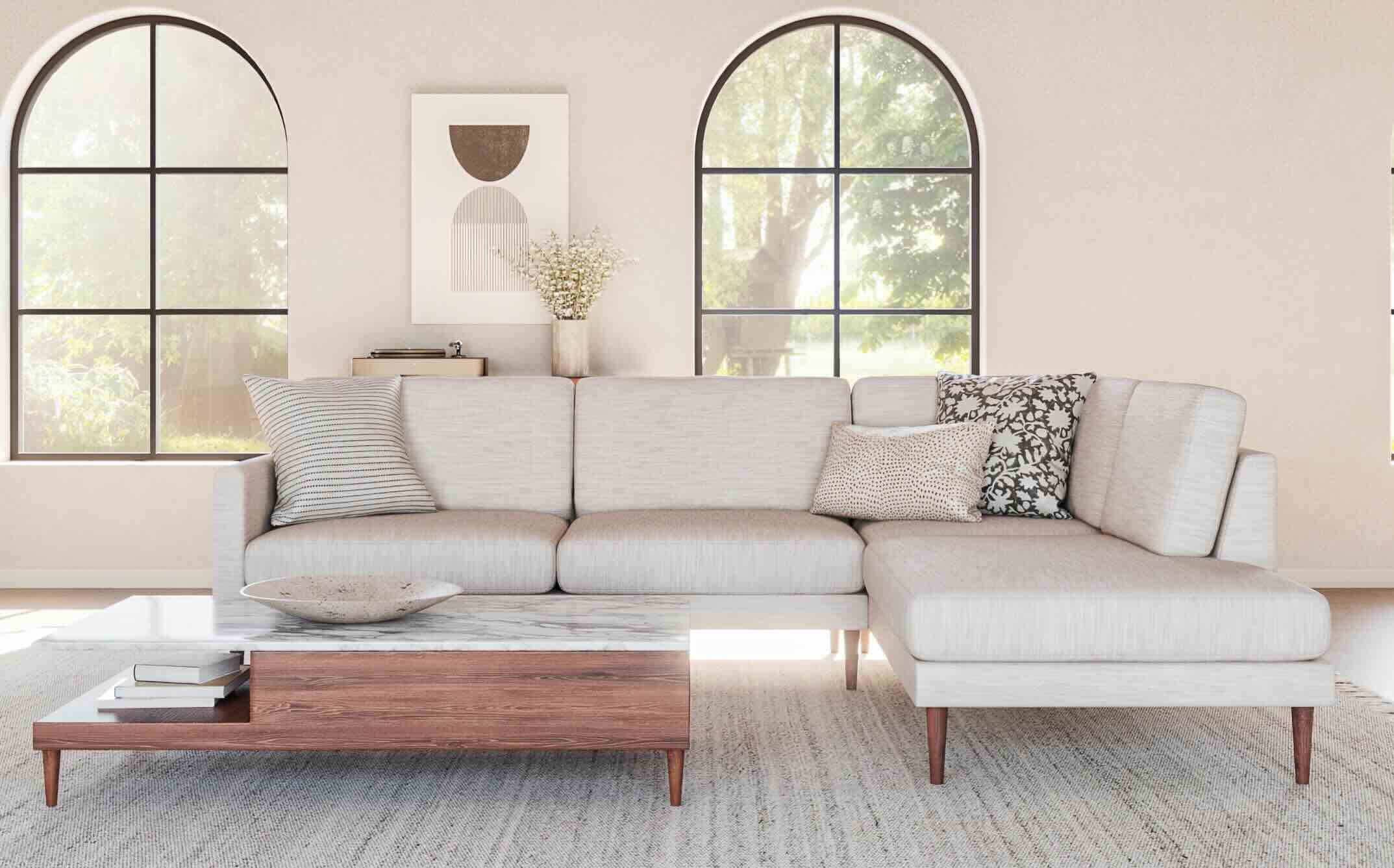
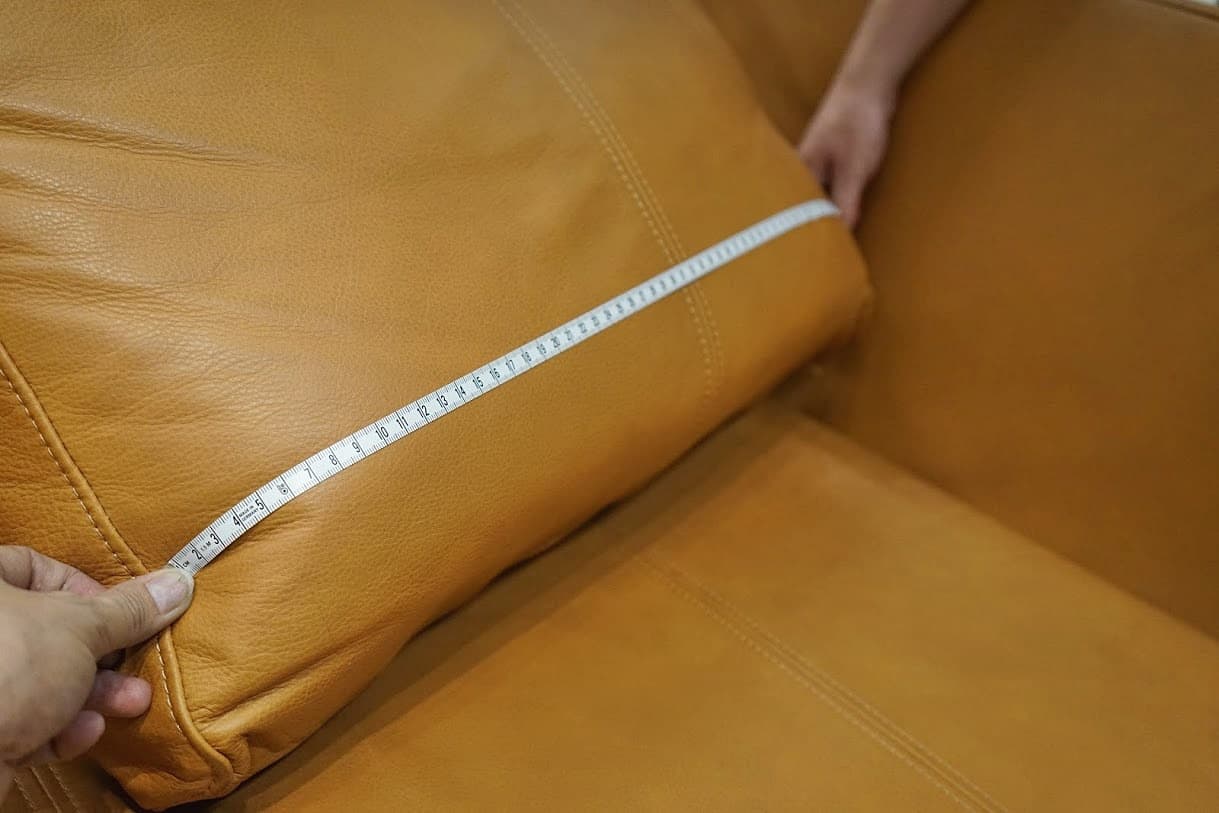
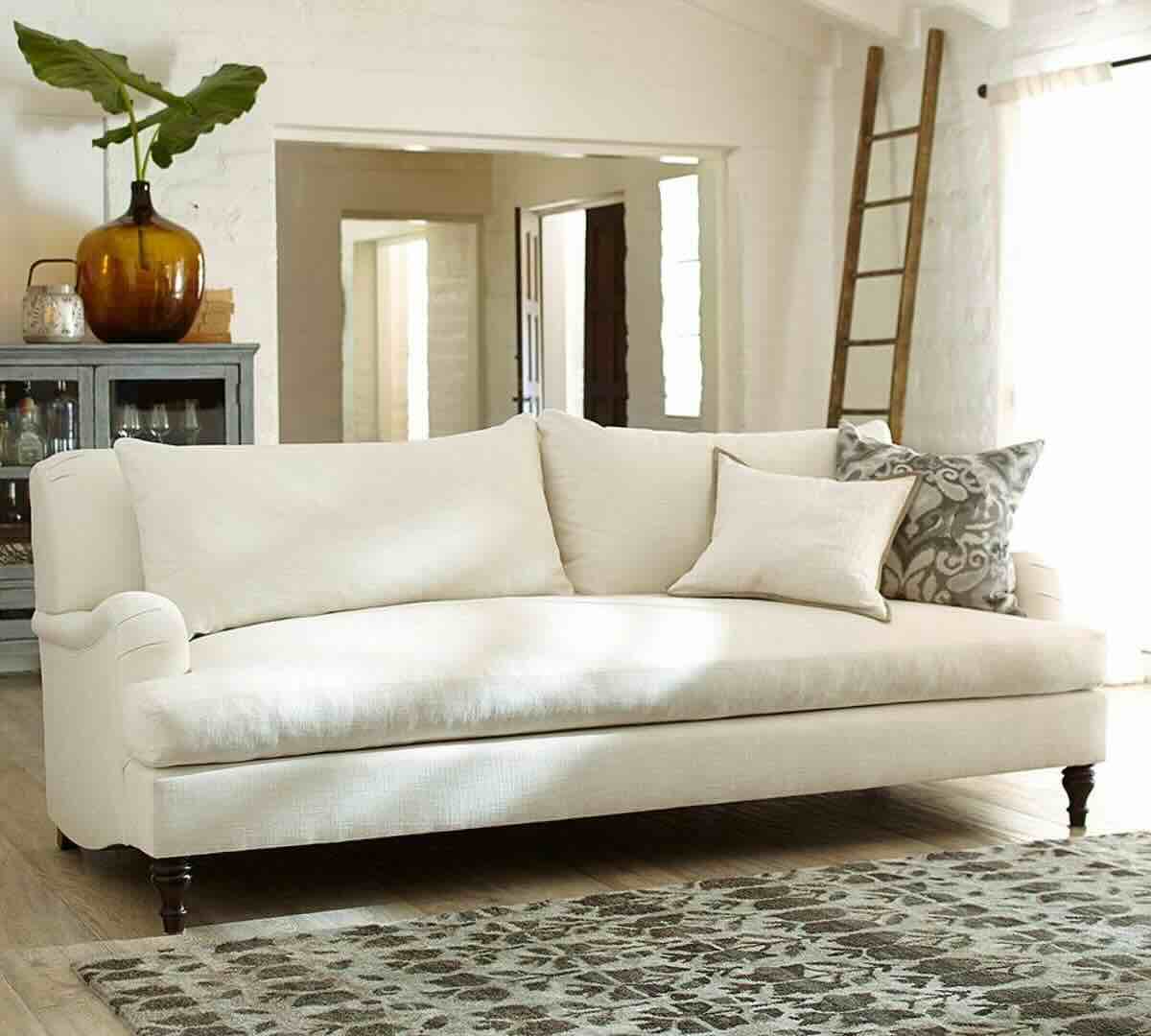
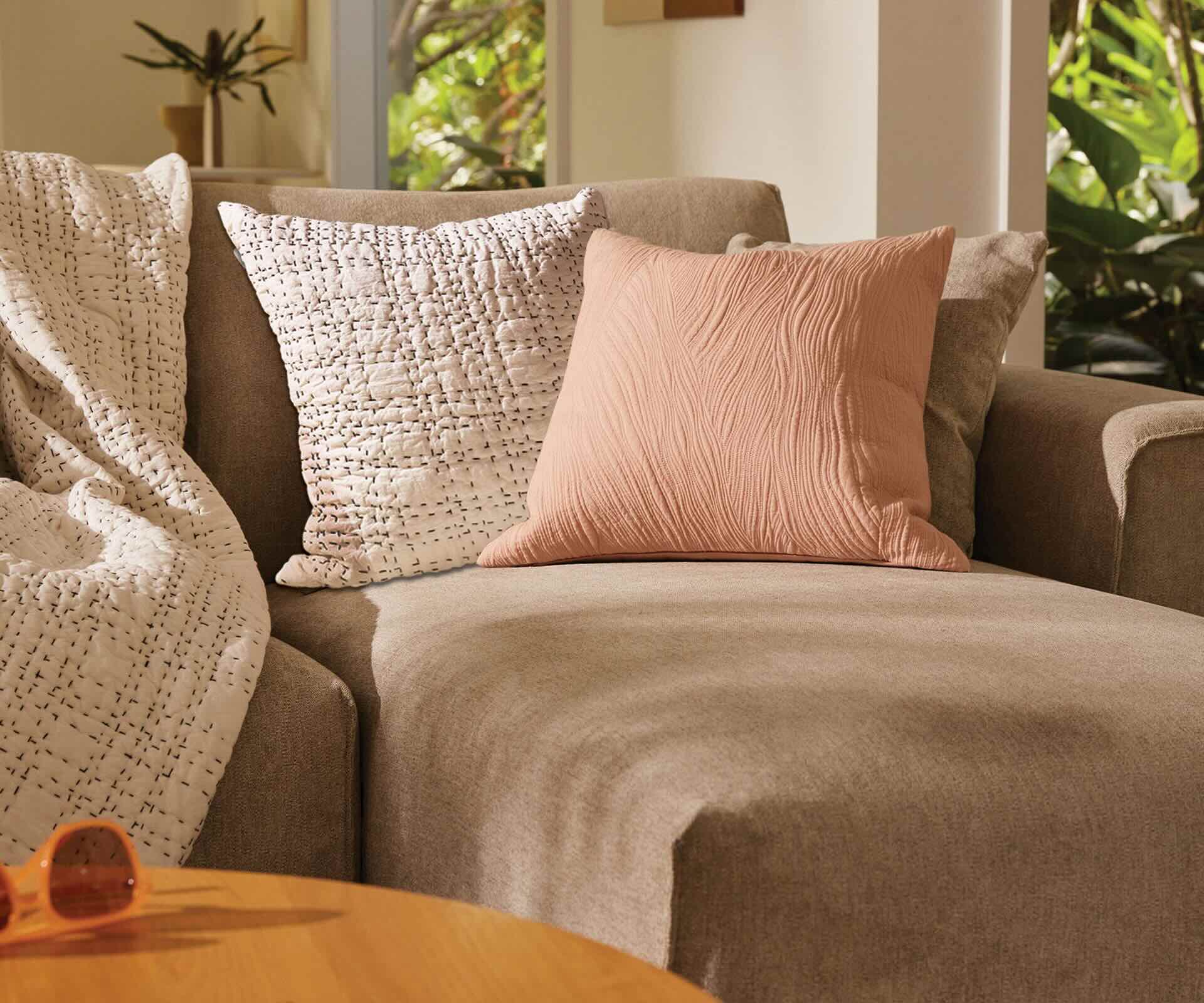

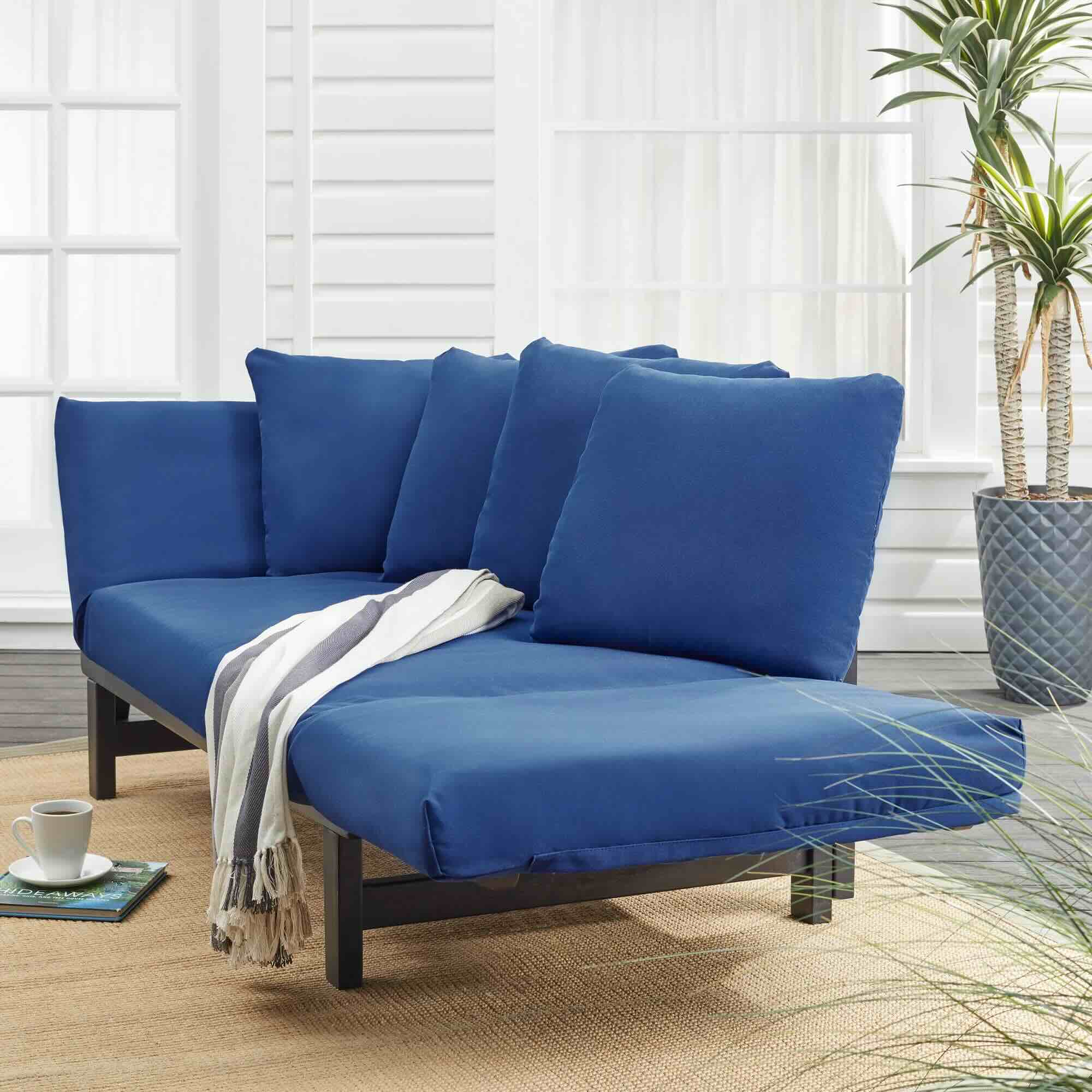
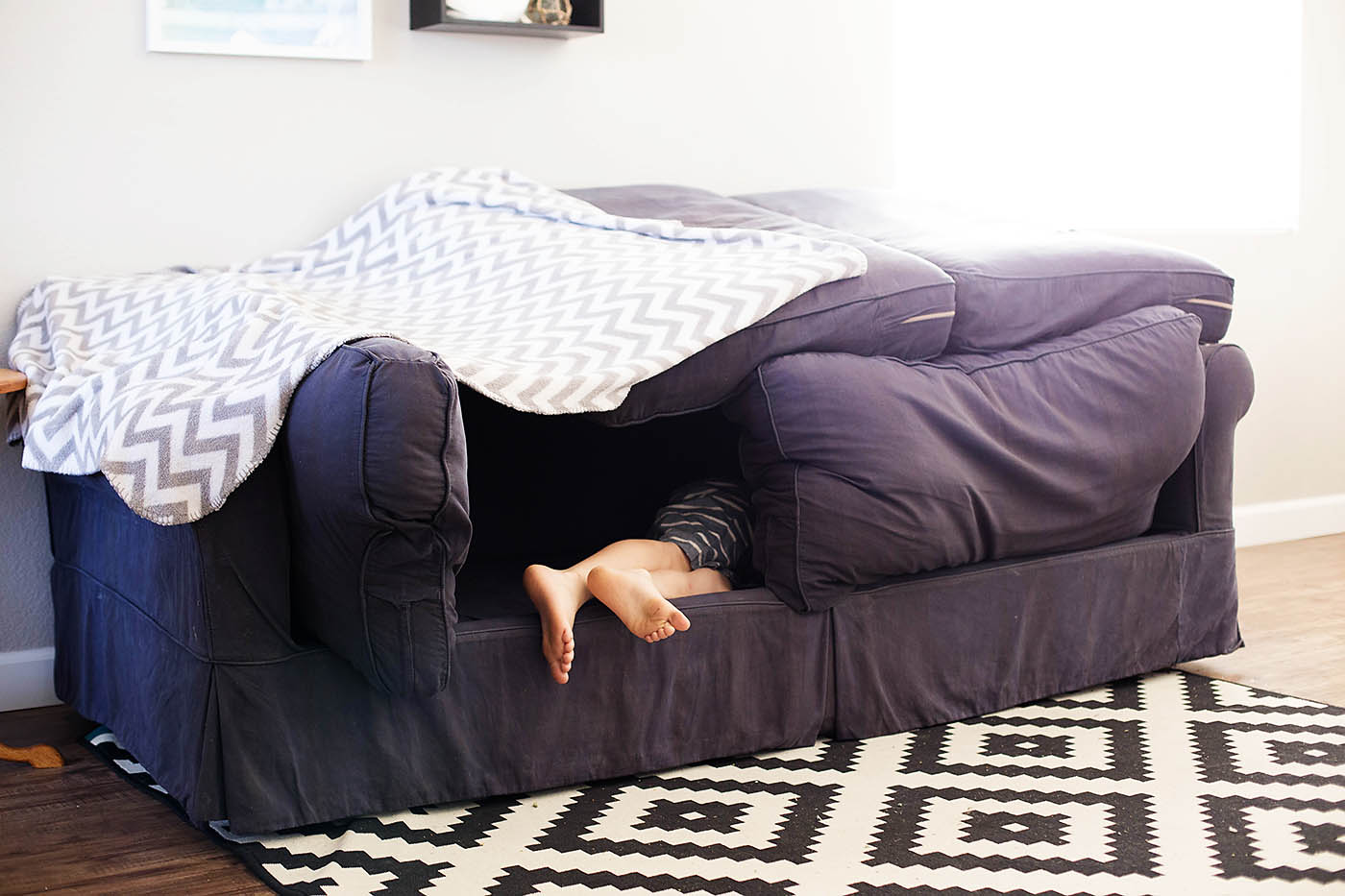
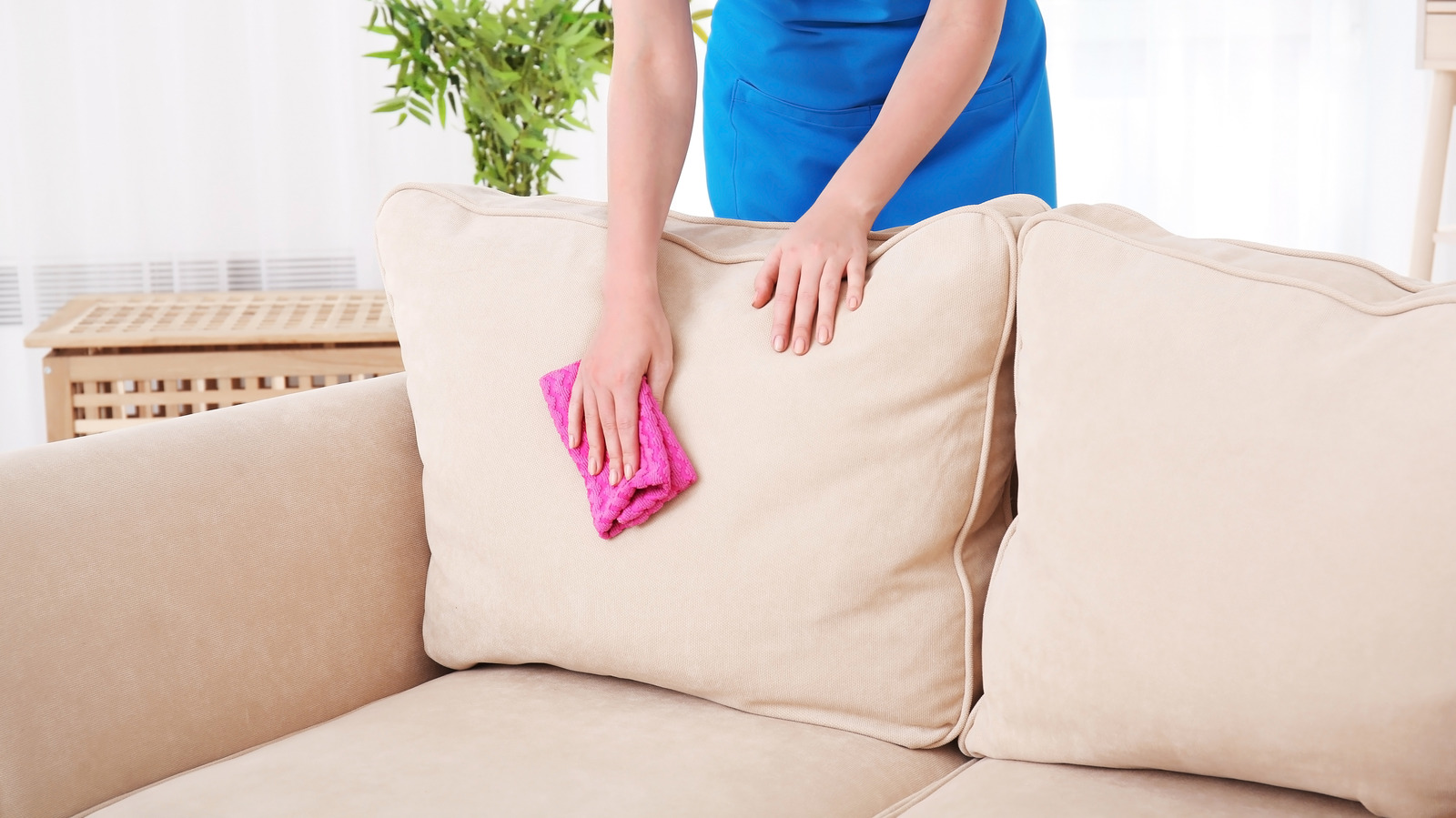
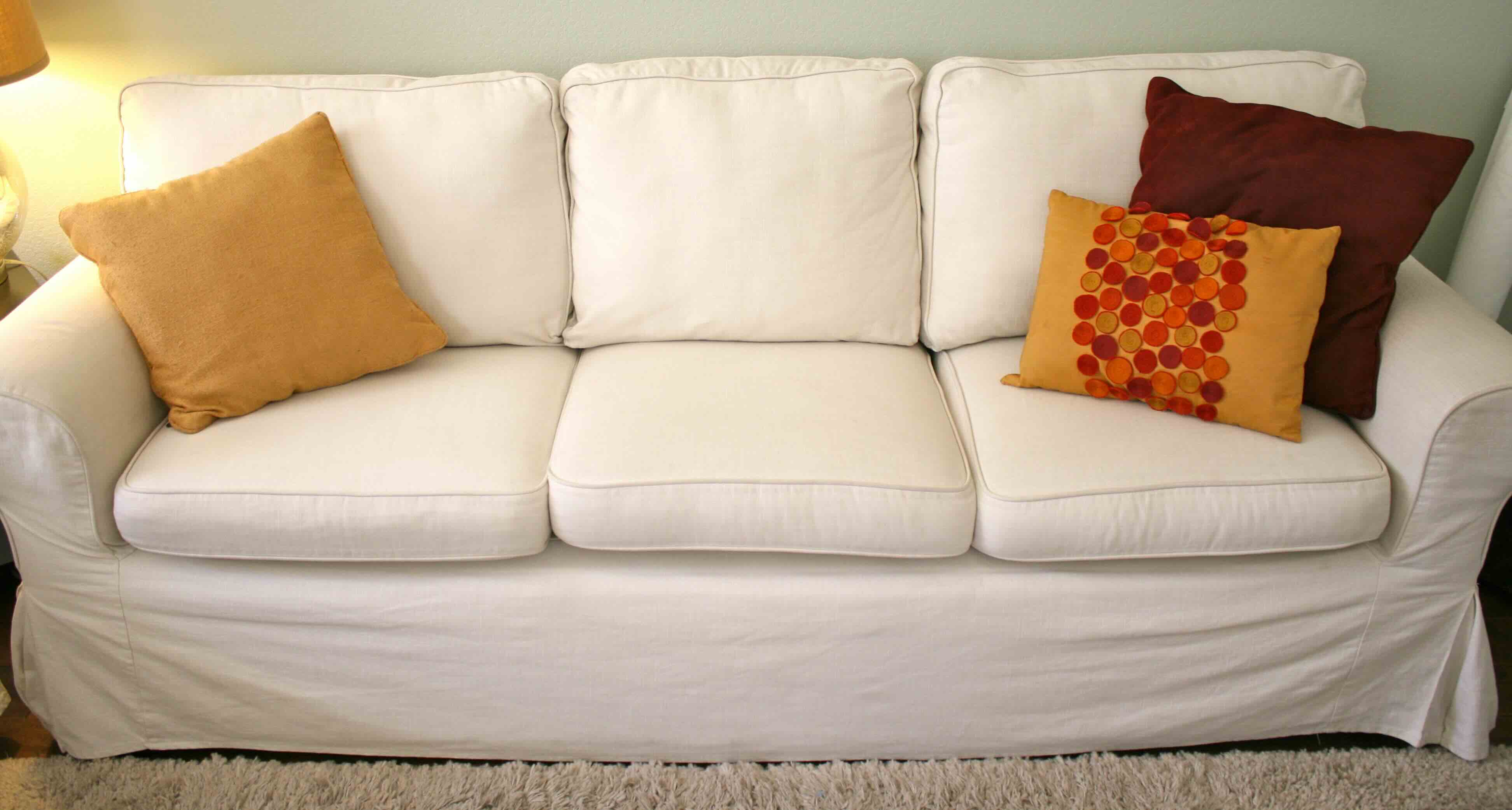
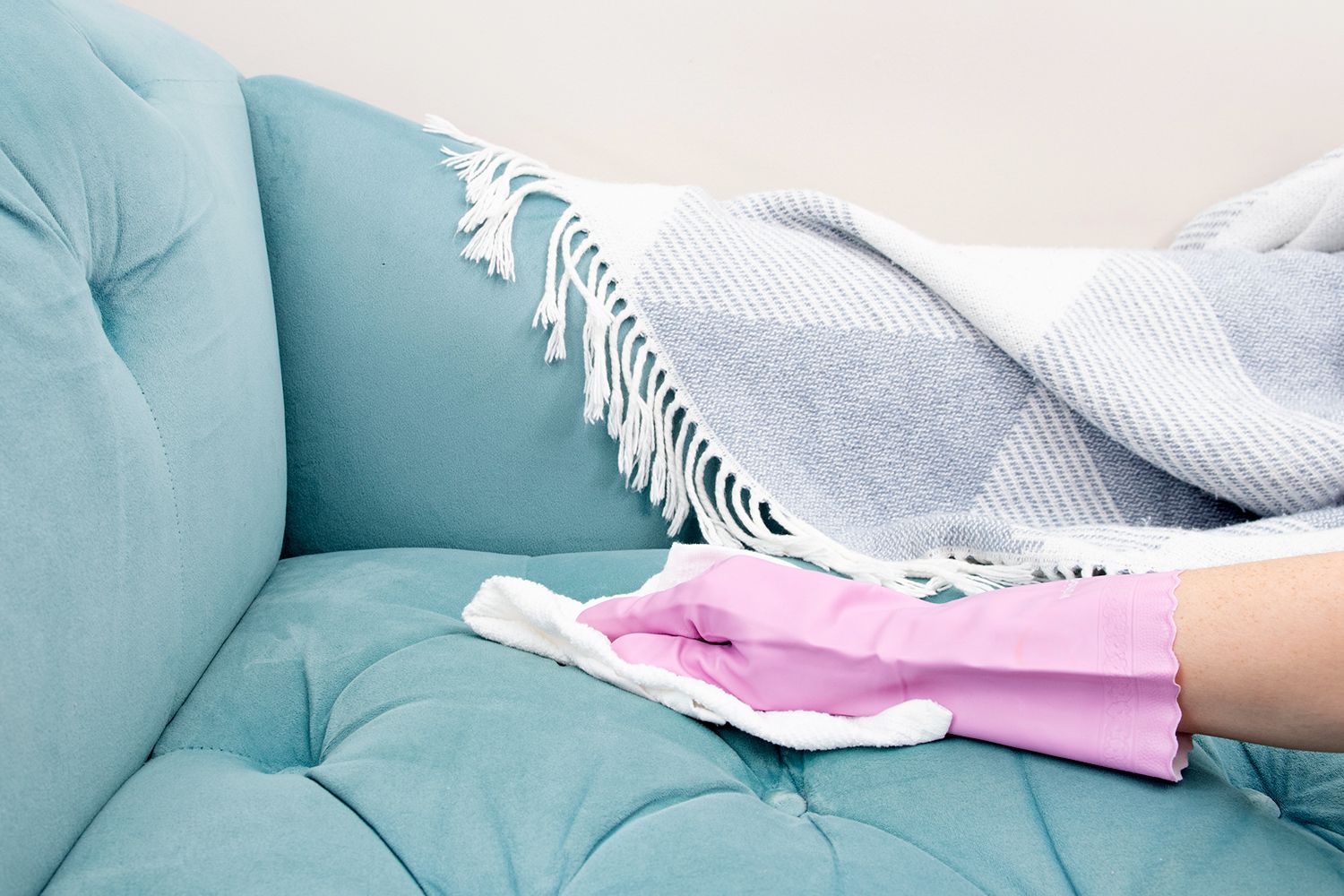

0 thoughts on “How Do You Slipcover A Couch With Attached Cushions”